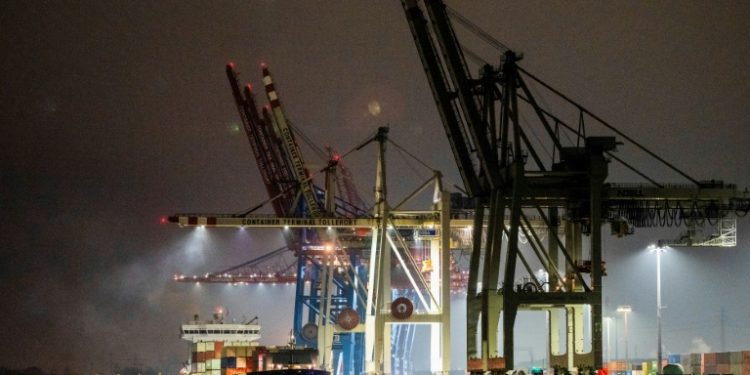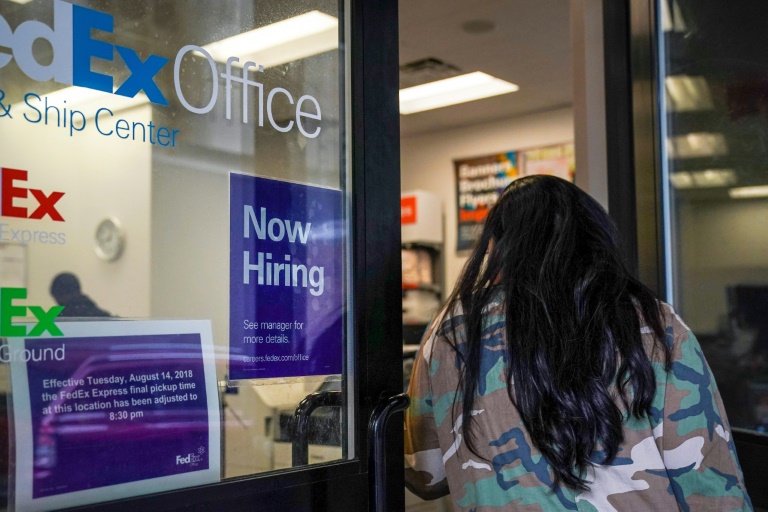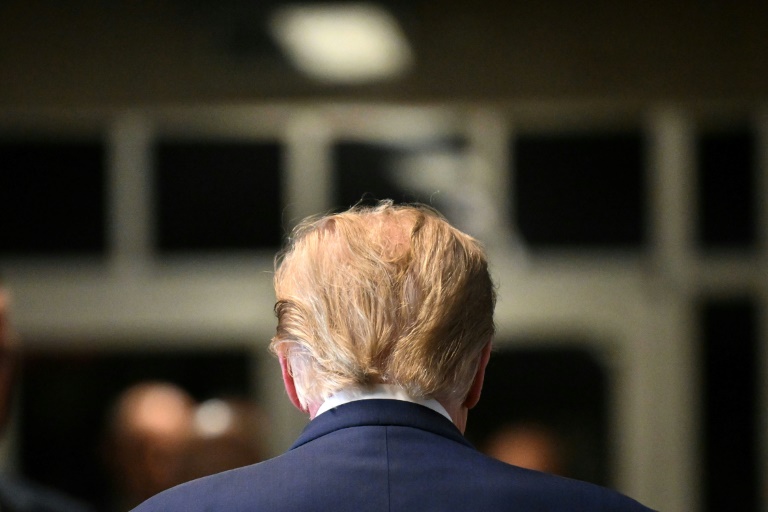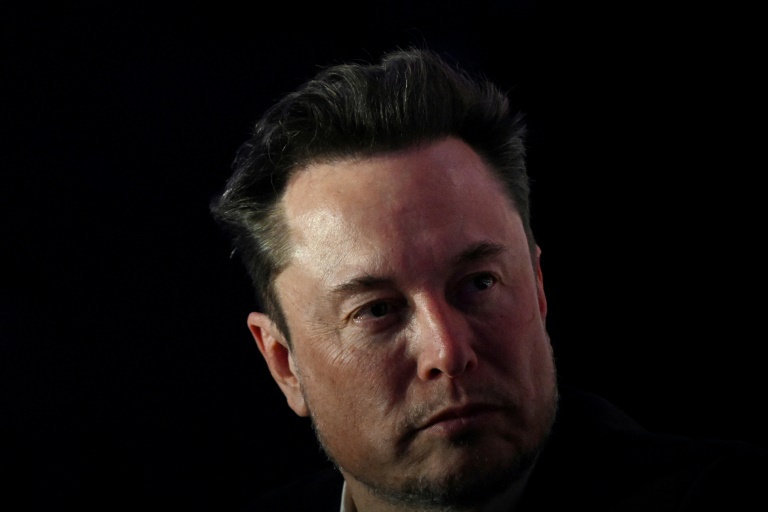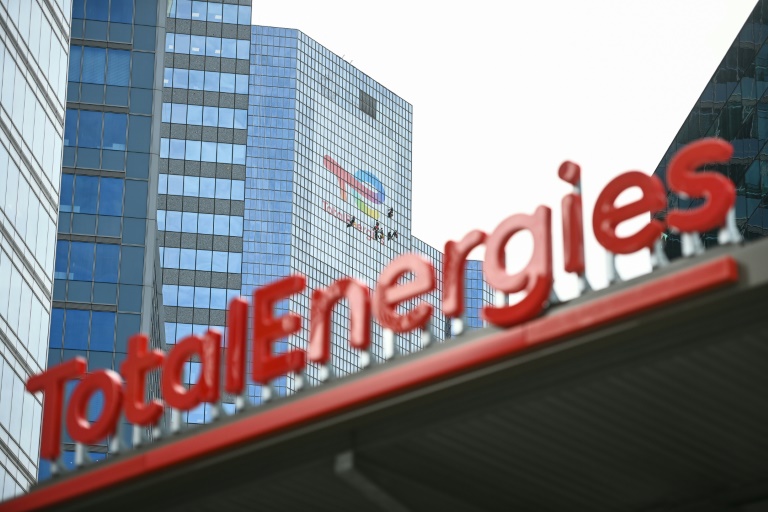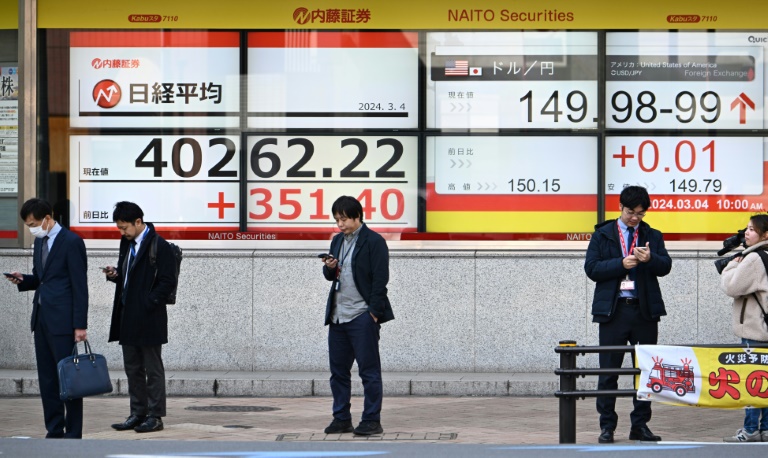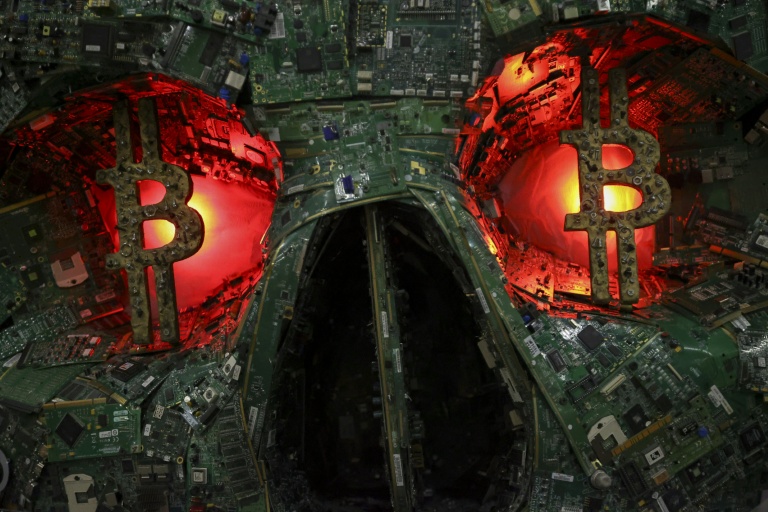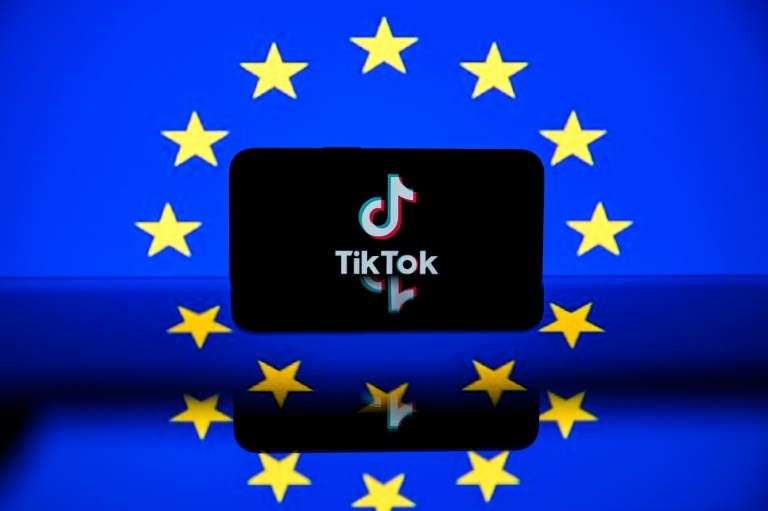Brussels (Belgium) (AFP) – Inflation in the eurozone remained unchanged in April, staying higher than analysts expected, official data showed on Friday. However, it was unlikely to sway the European Central Bank from its interest rate-cutting cycle. Consumer prices in the 20-country single currency area rose 2.2 percent in April, the same rate as in March, according to the EU statistics agency. This persistence occurred despite a faster fall in energy prices.
Core inflation—which strips out volatile energy, food, alcohol, and tobacco prices and is a key indicator for the ECB—accelerated more than expected to 2.7 percent in April, after registering a 2.4 percent increase in March, Eurostat data showed. Analysts for Bloomberg and FactSet had anticipated that headline inflation would slow down to 2.1 percent and core inflation would accelerate to 2.5 percent. The disappointing figures follow a rise in services sector inflation of 3.9 percent last month, significantly higher than the 3.5 percent recorded in March. The ECB closely monitors this sector as it is highly correlated to wage growth, raising fears of a vicious cycle between rising wages and increasing prices, which complicates the efforts to tackle inflation.
“These increases will remind the ECB of possible upside risks to inflation,” said Hugh Lind, an economist at the London-based Centre for Economics and Business Research. “Nevertheless, with continued uncertainty weighing on growth in the currency area, we expect the ECB to continue cutting rates over the rest of the year,” he added. ECB Vice President Luis de Guindos expressed confidence on Monday that inflation would continue to fall, despite trade tensions linked to US President Donald Trump’s tariffs. “The rise in core inflation should not cause concern due to the temporary nature of the services uptick, and the outlook becoming less inflationary,” said Riccardo Marcelli Fabiani, a senior economist at Oxford Economics. Fabiani added that the ECB is “likely to cut rates” at its June 5 meeting “before holding steady.”
On the matter of looming tariff threats, Friday’s data also indicated that energy prices sharply fell by 3.5 percent, following a drop of 1.0 percent in March. Meanwhile, price rises for food, alcohol, and tobacco accelerated to 3.0 percent in April, slightly up from 2.9 percent in March. Consumer price increases in Europe’s two largest economies, Germany and France, slowed in April to 2.2 percent and 0.8 percent, respectively.
Inflation has sharply fallen from the record peak of 10.6 percent in October 2022 after Russia’s assault on Ukraine sent energy prices soaring. With inflation now close to the two-percent target, the ECB shifted to cutting interest rates to stimulate the eurozone’s sluggish economy. Although the eurozone economy expanded by a more-than-expected 0.4 percent over the January-March period compared to the previous quarter, Trump’s threat to impose higher levies on EU goods has negatively impacted the economic outlook for the single currency. Trump paused his 20-percent tariffs on EU products in April for 90 days, but a 10-percent levy remains on the majority of goods, alongside 25 percent tariffs on steel, aluminium, and auto imports.
© 2024 AFP

